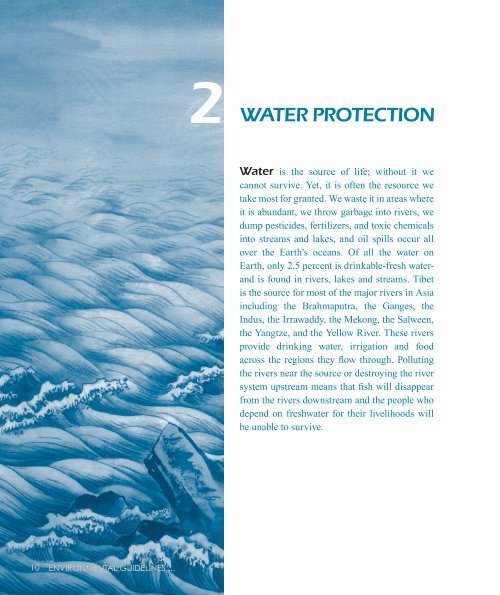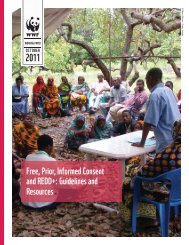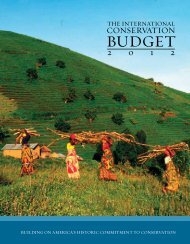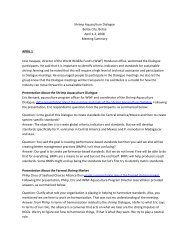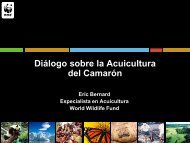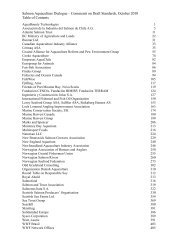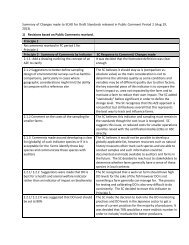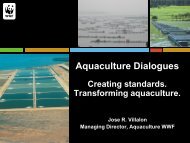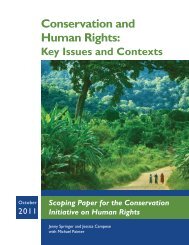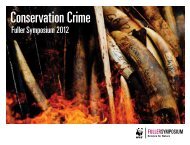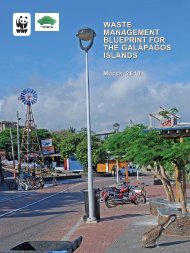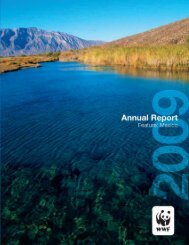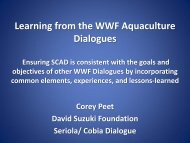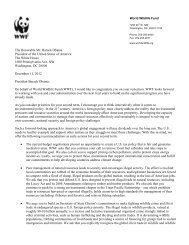ENVIRONMENTAL GUIDELINES - World Wildlife Fund
ENVIRONMENTAL GUIDELINES - World Wildlife Fund
ENVIRONMENTAL GUIDELINES - World Wildlife Fund
You also want an ePaper? Increase the reach of your titles
YUMPU automatically turns print PDFs into web optimized ePapers that Google loves.
2 WATER PROTECTION<br />
Water is the source of life; without it we<br />
cannot survive. Yet, it is often the resource we<br />
take most for granted. We waste it in areas where<br />
it is abundant, we throw garbage into rivers, we<br />
dump pesticides, fertilizers, and toxic chemicals<br />
into streams and lakes, and oil spills occur all<br />
over the Earth’s oceans. Of all the water on<br />
Earth, only 2.5 percent is drinkable-fresh waterand<br />
is found in rivers, lakes and streams. Tibet<br />
is the source for most of the major rivers in Asia<br />
including the Brahmaputra, the Ganges, the<br />
Indus, the Irrawaddy, the Mekong, the Salween,<br />
the Yangtze, and the Yellow River. These rivers<br />
provide drinking water, irrigation and food<br />
across the regions they flow through. Polluting<br />
the rivers near the source or destroying the river<br />
system upstream means that fish will disappear<br />
from the rivers downstream and the people who<br />
depend on freshwater for their livelihoods will<br />
be unable to survive.<br />
10 <strong>ENVIRONMENTAL</strong> <strong>GUIDELINES</strong> ...


